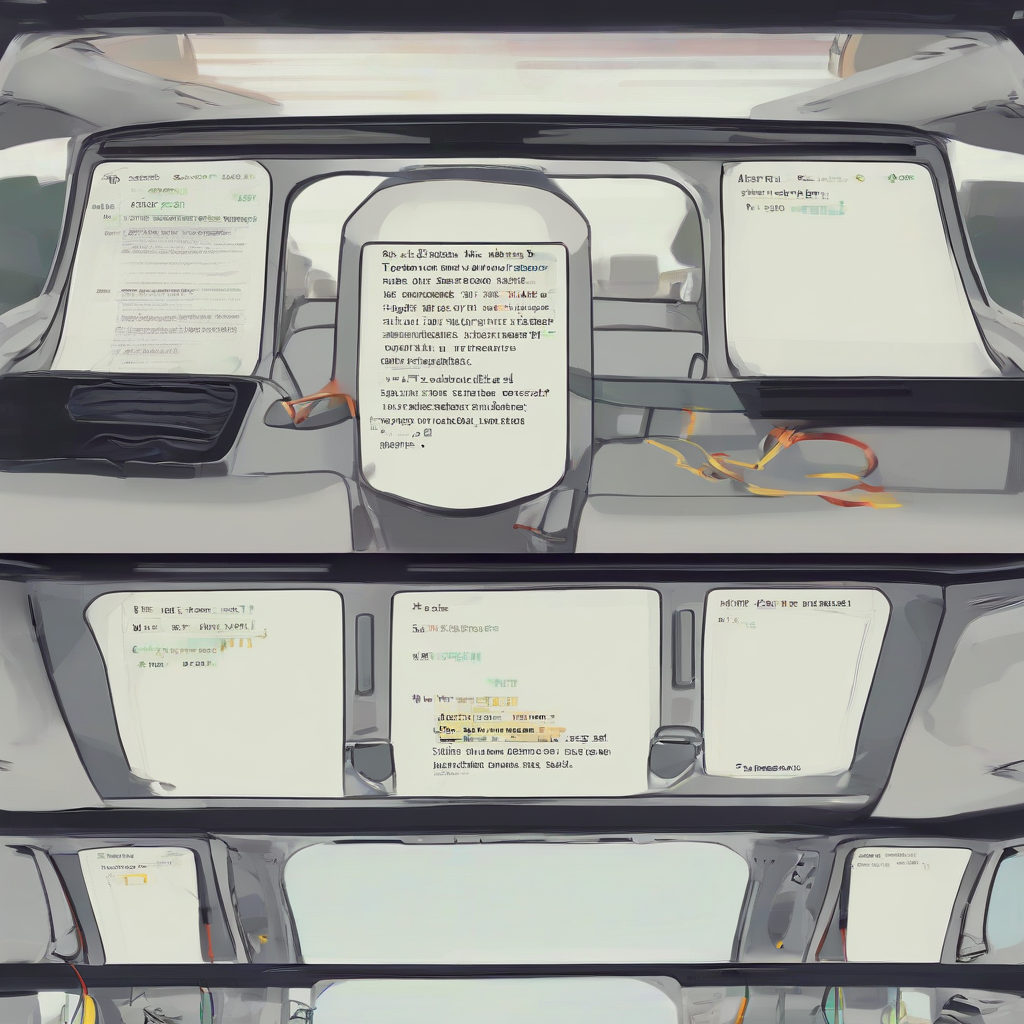A Deep Dive into the Automotive Industry: From Conception to Consumption
The Genesis of Automotive Technology
The automotive industry, a behemoth of global commerce and technological innovation, boasts a rich and fascinating history. Its origins trace back to the late 19th and early 20th centuries, a period of prolific invention and industrial expansion. Early pioneers, driven by a desire to improve upon existing modes of transportation, experimented with steam, electric, and internal combustion engines, ultimately leading to the dominance of the latter. This section explores the foundational inventions and key figures that shaped the industry’s nascent years.
- Early Steam-Powered Vehicles: Discussion of early steam-powered carriages and their limitations.
- The Rise of the Internal Combustion Engine: Detailed explanation of the development and refinement of the gasoline engine.
- Key Inventors and Pioneers: Profiles of significant figures like Karl Benz, Gottlieb Daimler, Henry Ford, and their contributions.
- The Assembly Line Revolution: Analysis of Henry Ford’s impact on mass production and its consequences.
- Early Automotive Design and Engineering Challenges: Exploration of the early challenges in materials science, engine design, and manufacturing.
The Evolution of Automotive Design and Engineering
From the rudimentary designs of the early automobiles to the sophisticated engineering marvels of today, the automotive industry has witnessed a continuous evolution in design and technology. This section will examine the significant technological advancements and design philosophies that have shaped the modern automobile.
- Engine Technology Advancements: Discussion of the development of various engine types (e.g., V-engines, inline engines, rotary engines), fuel efficiency improvements, and emission control technologies.
- Transmission Systems: Analysis of the evolution from manual transmissions to automatic transmissions, continuously variable transmissions (CVTs), and dual-clutch transmissions (DCTs).
- Chassis and Suspension Systems: Exploration of the development of different chassis types, suspension designs, and their impact on vehicle handling and ride comfort.
- Safety Features: Detailed examination of the evolution of safety features, including seatbelts, airbags, anti-lock braking systems (ABS), electronic stability control (ESC), and advanced driver-assistance systems (ADAS).
- Materials Science and Manufacturing: Discussion of the use of advanced materials such as lightweight alloys, carbon fiber, and high-strength steel in automotive construction.
- Aerodynamics: Analysis of the impact of aerodynamics on fuel efficiency and vehicle performance.
The Automotive Manufacturing Process
The production of automobiles is a complex and highly integrated process involving numerous stages, from raw material sourcing to final assembly and quality control. This section delves into the intricacies of modern automotive manufacturing.
- Supply Chain Management: Discussion of the global network of suppliers and the challenges of managing a complex supply chain.
- Component Manufacturing: Examination of the processes involved in manufacturing various automotive components, such as engines, transmissions, and body panels.
- Assembly Processes: Detailed analysis of the assembly line process, including robotic automation and quality control measures.
- Lean Manufacturing Principles: Discussion of the application of lean manufacturing principles to optimize efficiency and reduce waste.
- Quality Control and Testing: Examination of the rigorous testing and quality control procedures employed to ensure product reliability and safety.
- Global Manufacturing Locations: Analysis of the geographical distribution of automotive manufacturing plants and the factors influencing their location.
The Business of Automotive: Marketing, Sales, and Distribution
The automotive industry is not solely about engineering and manufacturing; it’s also a significant player in the global marketplace. Understanding the business side – marketing, sales, and distribution – is crucial to comprehending its overall impact.
- Marketing Strategies: Analysis of different marketing approaches used by automotive manufacturers, including branding, advertising, and public relations.
- Sales Channels: Discussion of various sales channels, including dealerships, online sales platforms, and direct-to-consumer models.
- Distribution Networks: Examination of the logistics and infrastructure required to distribute vehicles from manufacturing plants to dealerships and customers.
- Pricing Strategies: Analysis of the factors influencing automotive pricing, including production costs, market demand, and competition.
- Customer Service and After-Sales Support: Discussion of the importance of providing excellent customer service and after-sales support to maintain customer loyalty.
- The Role of Dealerships: Examination of the role and importance of dealerships in the automotive sales and service ecosystem.
The Future of the Automotive Industry: Emerging Trends and Technologies
The automotive industry is in a state of constant evolution, driven by technological advancements and changing consumer preferences. This section explores some of the key trends and technologies shaping the future of the automotive landscape.
- Electric Vehicles (EVs): In-depth analysis of the growth of the electric vehicle market, battery technology, charging infrastructure, and the challenges facing widespread EV adoption.
- Autonomous Vehicles (AVs): Discussion of the development of self-driving cars, the technological challenges involved, and the ethical and regulatory considerations.
- Connected Cars and Internet of Things (IoT): Exploration of the integration of internet connectivity and IoT technology in automobiles, enabling features such as remote diagnostics, infotainment systems, and over-the-air updates.
- Shared Mobility and Ride-Sharing Services: Analysis of the impact of ride-sharing services and car-sharing programs on traditional car ownership models.
- Sustainable Manufacturing Practices: Discussion of the efforts by automotive manufacturers to reduce their environmental impact through sustainable manufacturing processes and the use of recycled materials.
- Artificial Intelligence (AI) and Machine Learning (ML): Exploration of the application of AI and ML in areas such as autonomous driving, predictive maintenance, and personalized driver experiences.

